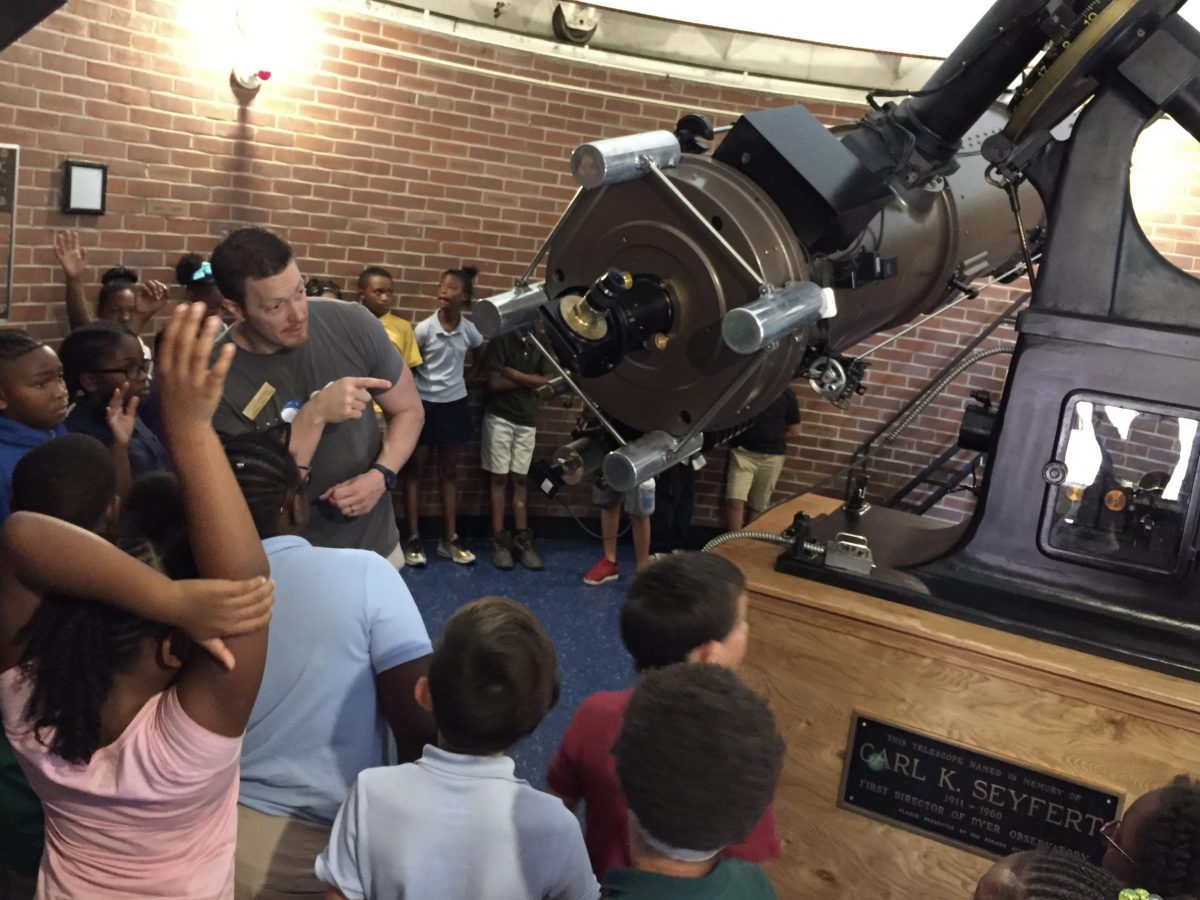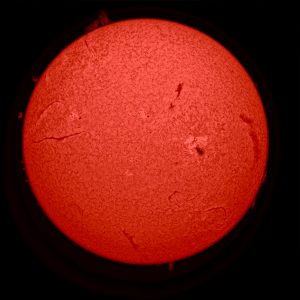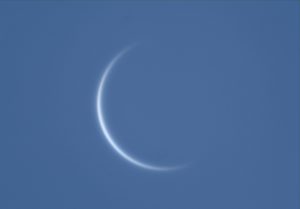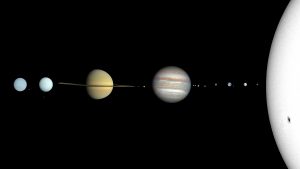Inspiring Interest in Science & Engineering
The latest math and science report card shows that students in the United States are still well behind their counterparts in many Asian and European nations. Our goal is to turn these standings around by helping to inspire student interest in science and astronomy, and Vanderbilt Dyer Observatory is a great way for teachers to supplement their Science, Technology, Engineering, Math, and astronomy curriculum.
Tailored Curriculum
We can tailor a program which enhances the science/astronomy curriculum in a number of ways. Students can listen to an astronomy expert talk about various subjects followed by a question and answer session; they can tour the observatory’s dome and main telescope, participate in viewing the Sun with the solar telescope, weather-permitting, and more.
Field Trip FAQs
Available Activities
MNPS Field Trip Agendas
Mobile Field Trip Programs
We'll Come to Your School
Vanderbilt Dyer Observatory is closed for renovation January 1–July 1, 2026, but we're bringing the universe to YOUR classroom!
Where
Your school classroom or auditorium, public spaces and venues within 10–15 miles of the observatory*
Who
Grades 3 and up, minimum of 15 students
Program Options
- Single classroom visits (1 hour instruction)
- School-wide assemblies (lecture format)
- Large groups (additional educator provided for 40+ students)
Meet Science Standards
Our programming can address specific science standards for Physical Sciences (PS), Earth and Space Sciences (ESS), and Engineering, Technology, and Applications of Science (ETS).
Cost
$7 per student/teacher/chaperone (Check or credit card is accepted.)
Available Activities
Questions
Please contact us at dyerobservatory@vanderbilt.edu with any questions.
*Reach out to us if your school falls outside the 10-15 mile radius of the observatory










